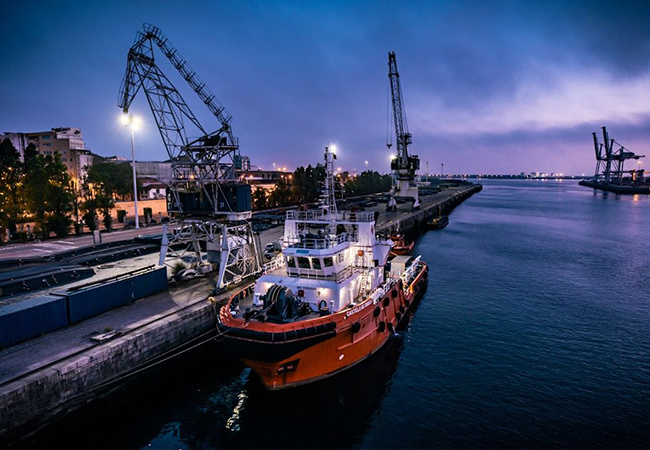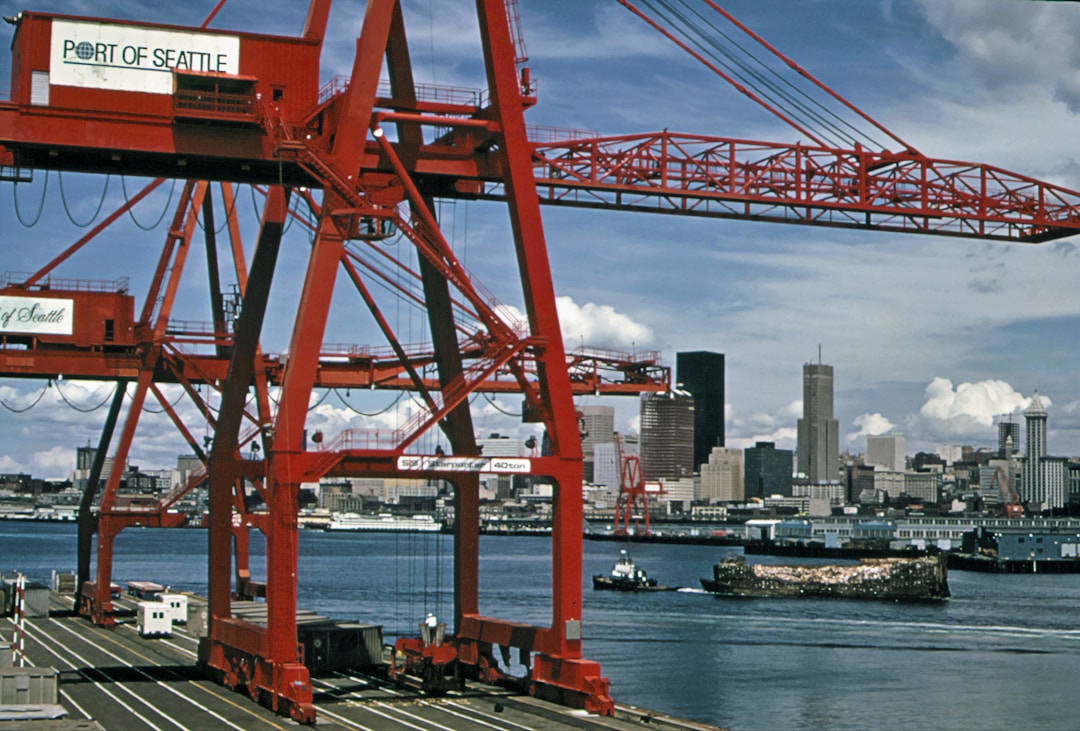Global Fareast Int'l Logistics Co.,Itd.
Blog
A Comprehensive Guide to Freight Consolidation in International Sea Freight
Release Time:
2025-06-28 09:40
source:
1. Introduction to Freight Consolidation
In the dynamic realm of international shipping, **freight consolidation** plays a crucial role in optimizing logistics operations. As businesses expand globally, managing shipping costs and delivery timelines becomes increasingly important. Freight consolidation offers a solution to these challenges by combining multiple shipments into a single container, maximizing efficiency and reducing expenses.
2. What is Freight Consolidation?
Freight consolidation is the process of grouping various shipments from different exporters into one container for transportation. This method is used primarily in **international sea freight**, where the costs of shipping can be significantly lower when shipments are consolidated. By pooling resources, businesses can take advantage of economies of scale and reduce shipping costs substantially.

How Freight Consolidation Works
The process typically involves a freight forwarder or logistics provider who coordinates the shipping of goods from multiple customers. They handle the logistics of packing, documentation, and ensuring that all regulations are met. This allows businesses to **focus on their core operations** without getting bogged down by shipping complexities.
3. The Benefits of Freight Consolidation in International Shipping
Freight consolidation offers a multitude of advantages that can significantly enhance the logistics process. Here are some of the key benefits:
3.1 Cost-Effectiveness
One of the primary benefits of freight consolidation is the **cost savings** associated with shipping. By combining multiple smaller shipments into a single larger one, businesses can save on overall shipping costs. These savings arise from reduced per-unit shipping rates, as carriers often provide discounts for larger shipments.

3.2 Enhanced Efficiency
Consolidation enhances the efficiency of the shipping process. By grouping shipments, businesses can minimize the number of individual freight arrangements they need to manage. This streamlined process leads to faster shipping times and better inventory management, allowing businesses to respond more quickly to customer demands.
3.3 Reduced Environmental Impact
Freight consolidation can also have a positive impact on the environment. By optimizing container space, fewer trips are required for shipping, which translates to lower fuel consumption and reduced carbon emissions. This eco-friendly aspect of freight consolidation aligns with the growing emphasis on sustainability in business practices.
4. How Freight Consolidation Works
Understanding the operational side of freight consolidation is crucial for businesses looking to implement this strategy. The process involves several steps that ensure goods are shipped efficiently and cost-effectively.
5. Steps in the Freight Consolidation Process
Implementing freight consolidation involves a systematic approach. Here are the critical steps:
5.1 Choosing a Freight Forwarder
Selecting a reputable freight forwarder is the first step in the consolidation process. A good forwarder will have extensive experience with international shipping regulations and can ensure that all aspects of the shipment are taken care of, from documentation to customs clearance.
5.2 Cargo Grouping and Documentation
Once a forwarder is chosen, the next step is to group the cargo. This involves consolidating shipments that are going to the same destination or region. Proper documentation is crucial here, including bills of lading and customs declarations, to ensure compliance with international shipping laws.
5.3 Loading to Ship
After grouping the cargo, it is loaded into a container. Proper loading techniques are essential to prevent damage during transit. The forwarder will typically oversee this process to ensure everything is loaded according to regulations and best practices.
5.4 Final Delivery and Unloading
Upon arrival at the destination port, the container is unloaded, and the cargo is distributed to the respective recipients. The freight forwarder usually assists with customs clearance and ensures that all goods reach their final destination without issues.
6. Challenges in Freight Consolidation and Potential Solutions
While freight consolidation offers numerous benefits, there are challenges that businesses may encounter, including:
- **Space Limitations:** Not all shipments can be consolidated due to size and weight restrictions.
- **Delays in Customs Clearance:** Errors in documentation can lead to delays, impacting delivery schedules.
- **Coordination Issues:** Coordinating multiple shipments can be complex, requiring effective communication between all parties involved.
To mitigate these challenges, businesses should invest in **technology solutions** for tracking and managing shipments. Additionally, maintaining open communication with freight forwarders and logistics partners can help streamline the process and enhance coordination.
7. The Future of Freight Consolidation in International Sea Freight
As global trade continues to evolve, the future of freight consolidation looks promising. Technological advancements, such as automation and data analytics, are expected to play a significant role in optimizing logistics operations. Embracing sustainability and eco-friendly practices will also shape the future landscape of freight consolidation, making it a vital area for businesses to focus on.
8. Frequently Asked Questions
1. What are the key advantages of freight consolidation?
Freight consolidation provides cost savings, improved efficiency, and reduced environmental impact by combining smaller shipments into larger ones.
2. How does freight consolidation work?
Freight consolidation involves grouping multiple shipments from different exporters into a single container for transportation, managed by a freight forwarder.
3. What should businesses consider when choosing a freight forwarder?
Look for experience, reputation, transparency in pricing, and knowledge of international shipping regulations when selecting a freight forwarder.
4. Can all shipments be consolidated?
No, not all shipments can be consolidated due to size, weight, and destination limitations. Consult with your freight forwarder for specific requirements.
5. What are common challenges in freight consolidation?
Common challenges include space limitations, customs delays, and coordination issues. Effective communication and technology solutions can help address these challenges.
9. Conclusion
Freight consolidation in international sea freight is a strategic approach that can lead to substantial cost savings, improved operational efficiency, and a reduced environmental impact. By understanding the process, selecting the right partners, and navigating potential challenges, businesses can optimize their shipping strategies. Embracing this logistics practice is not just beneficial—it's essential for companies aiming to thrive in today's global marketplace. As the logistics landscape continues to evolve, staying informed and adaptable will ensure a competitive edge in the international shipping arena.
Related news





